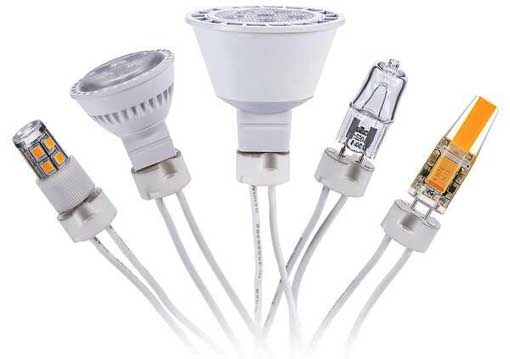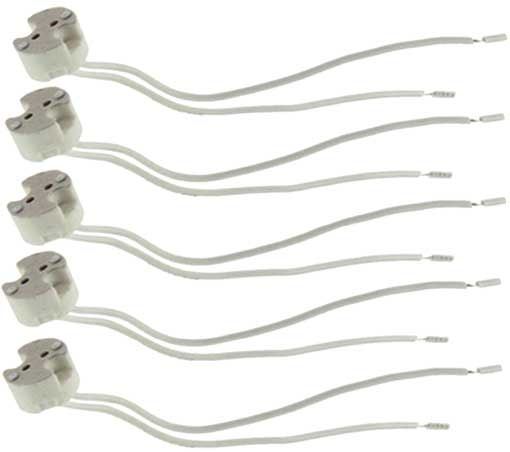The use and classification of bi-pin connector

The bi-pin connector is an industry standard for lighting installation specified by the International Electrotechnical Commission (IEC). These connectors are usually used for small incandescent lamps, especially halogen lamps, and can also be seen on the starters of some fluorescent lamps.
Detailed explanation of bi-pin connector
Some bulbs deliberately shorten the distance between the two pins to prevent these bulbs from being installed on inappropriate lamps and causing overheating and fire. These two-pin connectors are sometimes referred to as "mini two-pin". The two pins of some bulbs are bent at a right angle of ninety degrees toward the bottom. Especially common in automotive lighting, it is called a wedge base (English: wedge base) or wedge slot.
The double-pin connector was invented by Canadian inventor Fan Xinda for the 1893 World Expo. Prior to this, Edison's DC system was lost to Westinghouse's AC system in the World Expo bid. Westinghouse won the contract to illuminate the Expo with electric lights for the first time. In response, Edison and General Electric Company carried out a technical blockade, prohibiting Westinghouse from using the patent of the Edison screw interface. Westinghouse relied on the double-pin connector to overcome the difficulties and finally successfully illuminated the Expo.
Types of two-pin connectors
| Model | Size | Pin distance (center distance) | Pin diameter | use |
|---|---|---|---|---|
| G4 | IEC 60061-1(7004-72) | 4.0mm | 0.65-0.75mm | Small halogen bulb with power 5/10/20 watts and power supply 6/12 volts |
| GU4 | IEC 60061-1(7004-108) | 4.0mm | 0.95-1.05mm | MR11 |
| GY4 | IEC 60061-1(7004-72A) | 4.0mm | 0.65-0.75mm | |
| GZ4 | IEC 60061-1(7004-64) | 4.0mm | 0.95-1.05mm | |
| G5 | IEC 60061-1(7004-52-5) | 5mm | T4 and T5 fluorescent tubes | |
| G5.3 | IEC 60061-1(7004-73) | 5.33mm | 1.47-1.65mm | |
| G5.3-4.8 | IEC 60061-1(7004-126-1) | |||
| GU5.3 | IEC 60061-1(7004-109) | 5.33mm | 1.45-1.6mm |

The suffix after G means pin extension; G date to the original bulb using glass. GU usually points out that the lamp provides a mechanism for physical support by the lamp: In some cases, each pin has two diameters, which are larger near the end in order to twist and lock into position in the socket (the transition diameter between the two is a right-angle step rather than a taper); In other cases, the bottom of the lamp has a groove that can be held by a spring or clip. These are used with compact fluorescent tubes and can be inserted into lamps with permanent ballasts. There are also two-end tubes (halogen lamps and fluorescent lamps) with a pin at each end, and high-output fluorescent lamps with hidden or covered contacts, which are not described here.





